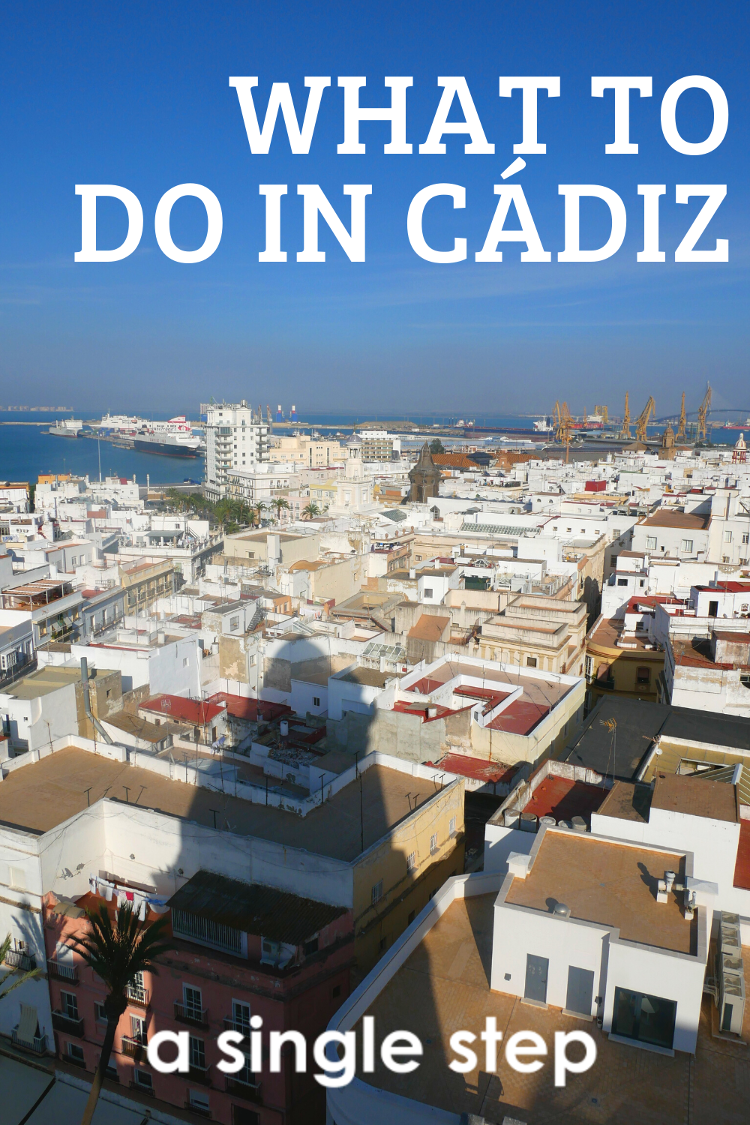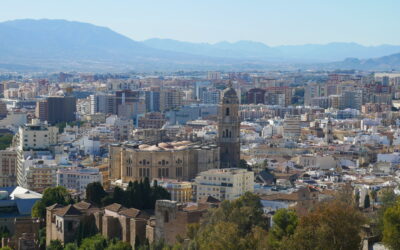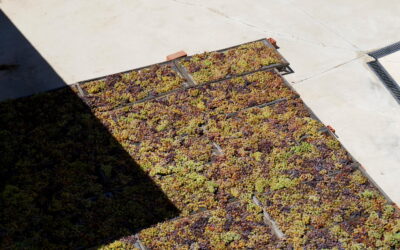In the extreme South-West of Spain lies a sliver of land surrounded by sea, which happens to be one of the most historically important cities in Spain and Europe. Cádiz, Europe’s oldest continuously inhabited city, founded by the Phoenician’s, dates back an incredible 3500 years.
Due to its strategic port location, where Christopher Columbus sailed from on voyages to America, Cádiz became an important centre for commercial trade. After the discovery of America, Cádiz’s location allowed it to monopolise trade with America, reaching its golden age in the 18th Century.
Nowadays, the city still boasts some of the incredible architecture, including the impressive Cathedral, the star-shaped Santa Catalina Castle, and the Torre Tavira watchtower.
Things to do in Cádiz
- Catedral de Cádiz (Cádiz Cathedral)
- Castillo de Santa Catalina (Santa Catalina Castle)
- Castillo de San Sebastián (San Sebastian Castle)
- Gran Teatro Falla (Grand Theatre Falla)
- Torre Tavira (Tavira Tower)
- Mercado Central (Central Market)
- El Pópulo
- El Árbol del Mora (The Tree of Mora)
- Conil de la Frontera
- Sanlúcar de Barrameda
- Where to Stay in Cádiz
Catedral de Cádiz (Cádiz Cathedral)
Your first stop in Cádiz should undoubtedly be the impressive Cathedral, dominating the pretty tree and café-lined Cathedral Square. Taking 116 years to build, the cathedral’s construction began during Cádiz’s strongest and most affluent period in the 18th Century. Because of the drawn-out construction period, the cathedral demonstrates a number of design influences, from Baroque to neoclassical.
General admission is €6 and includes entrance to the fantastic cathedral itself with a multilingual audio tour; the impressive crypt, the final resting place of Cádiz-born Manuel de Falla and José María Pemán, a composer and poet and playwright respectively; and the bell tower, offering jaw-dropping panoramic views of the city. Make note of the time as you enter, as when the bell rings on the hour it certainly gave us a scare!

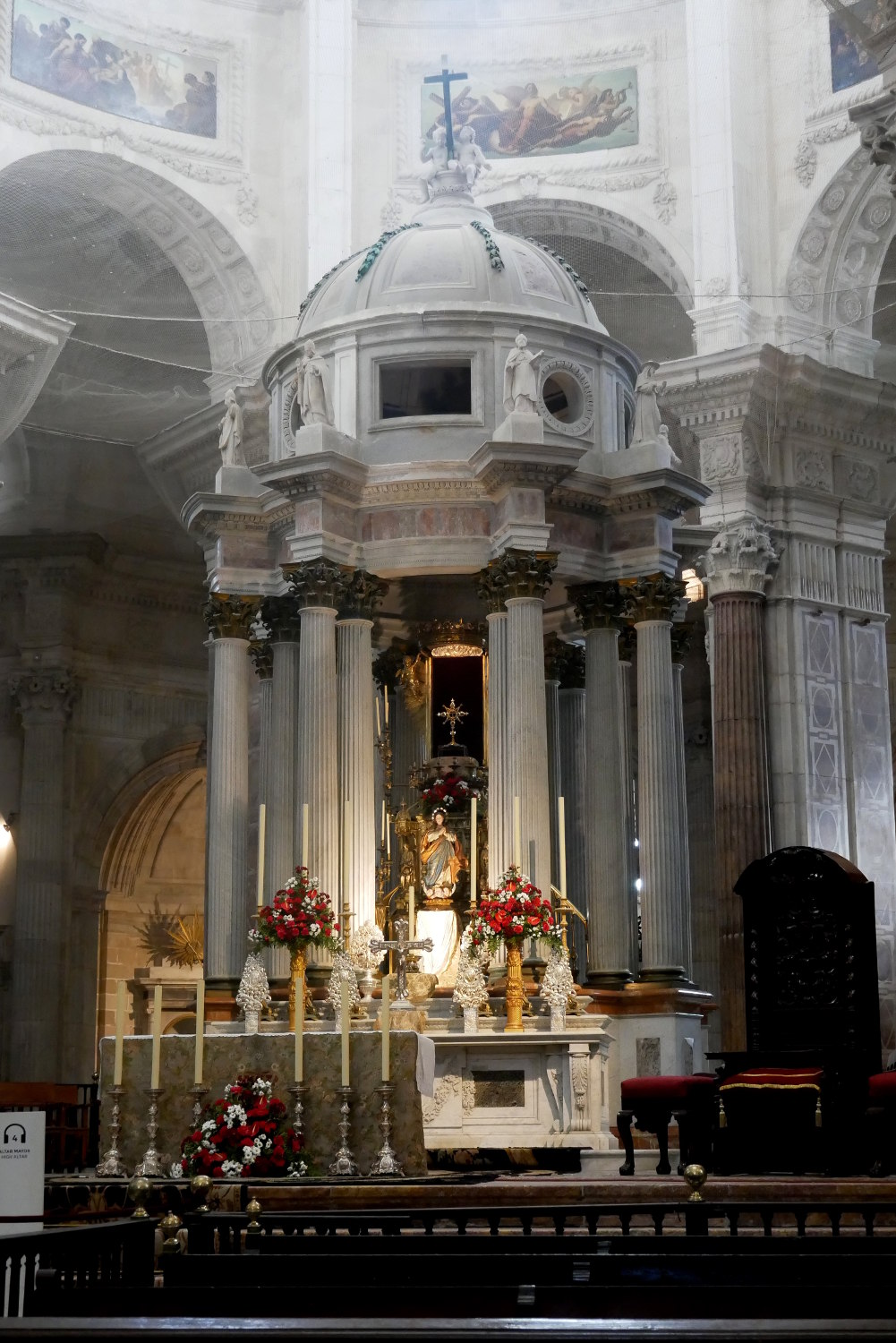
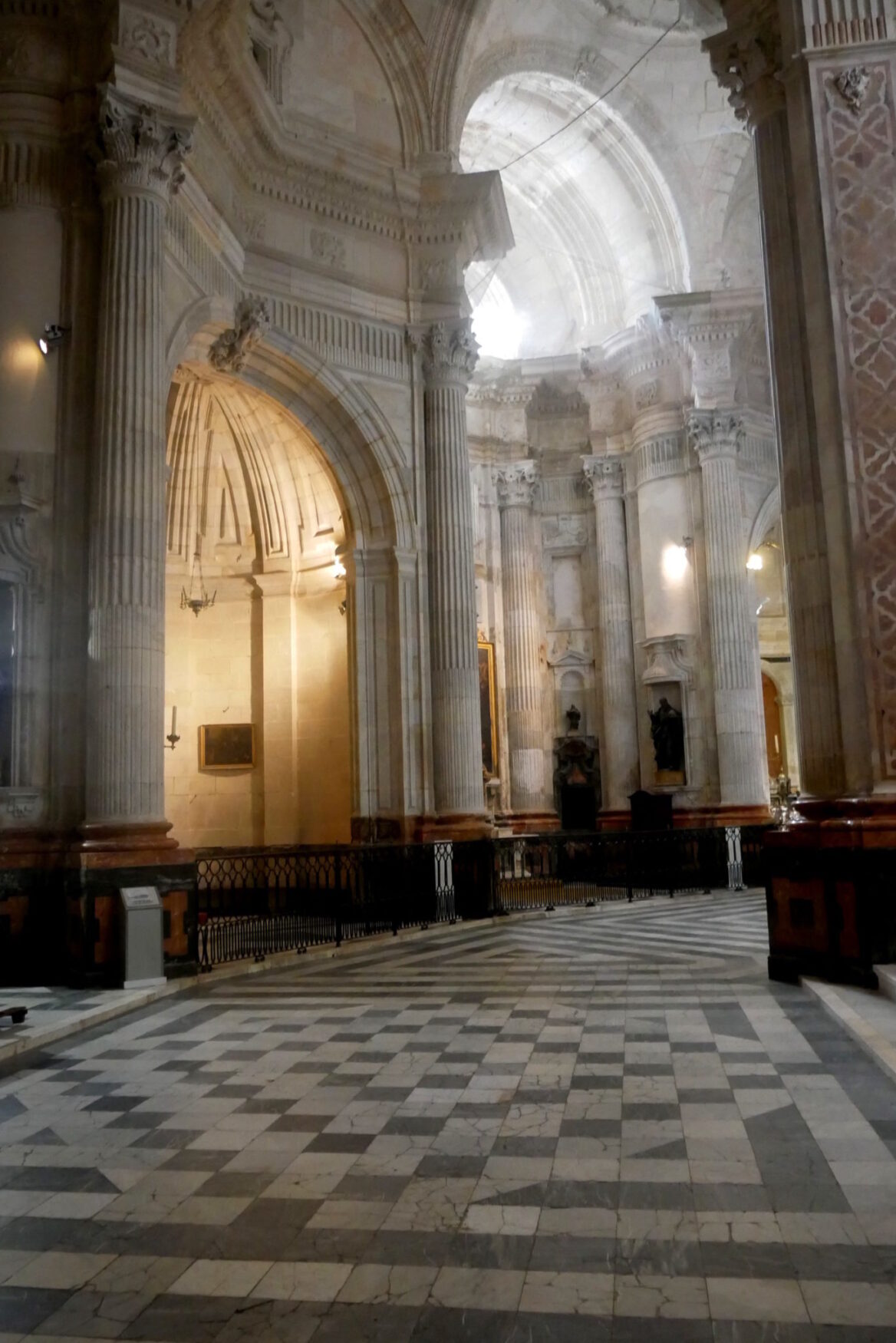
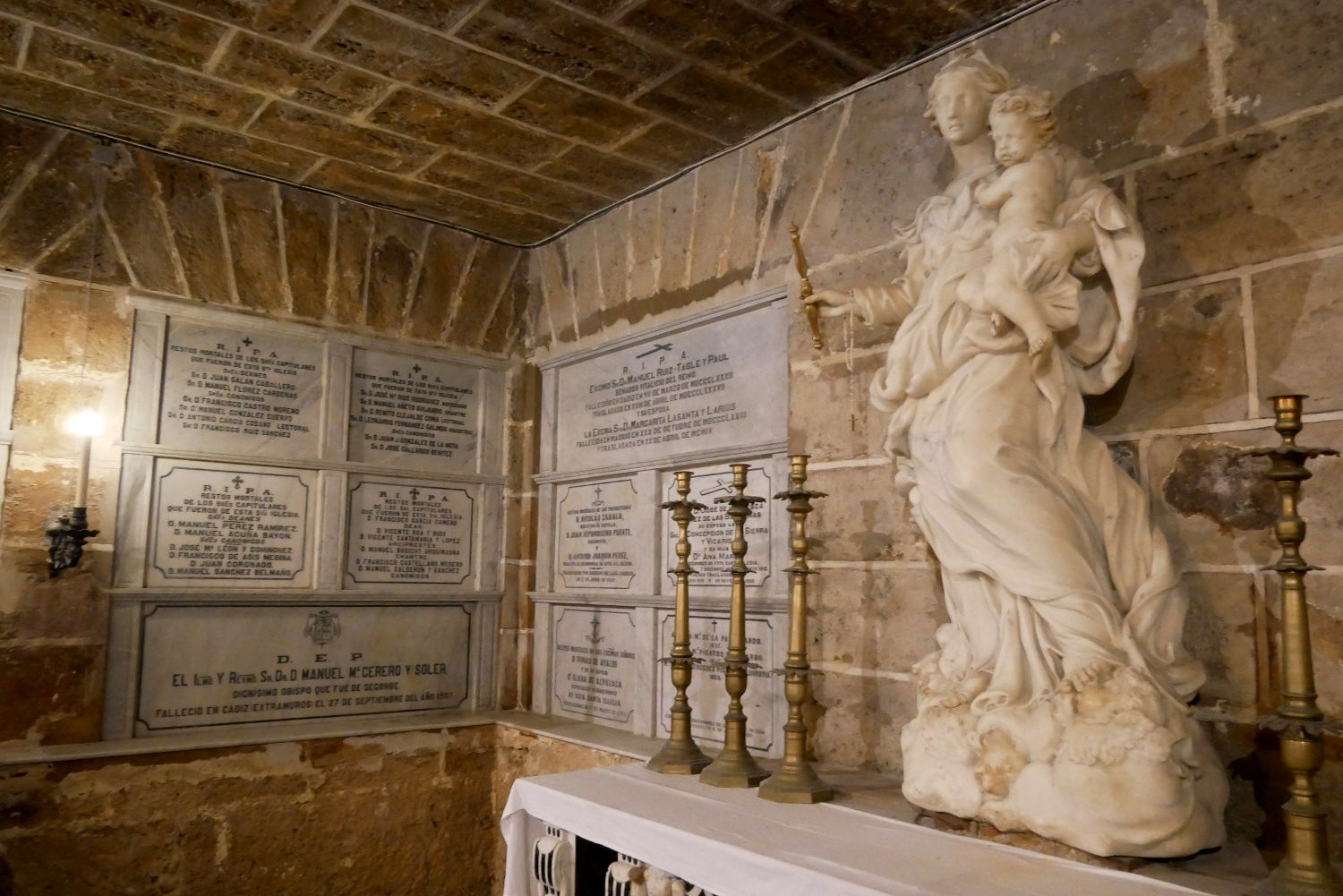
Castillo de Santa Catalina (Santa Catalina Castle)
After the city was attacked at the end of the 16th Century, King Philip II of Spain ordered the construction of the Castillo de Santa Catalina to protect the vulnerable and open sea-facing North-West of the city, above the Playa de la Caleta. Its effectiveness is demonstrable in the fact that the fort still remains pretty much intact to this day.
Entrance is free, and the castle now houses an exhibition centre, workshop space, and a cultural space for ceremonies and concerts. Visitors can also explore the castle, it’s grounds and battlements, a 17th Century chapel, and the stunning views across Playa de Caleta and out to sea.
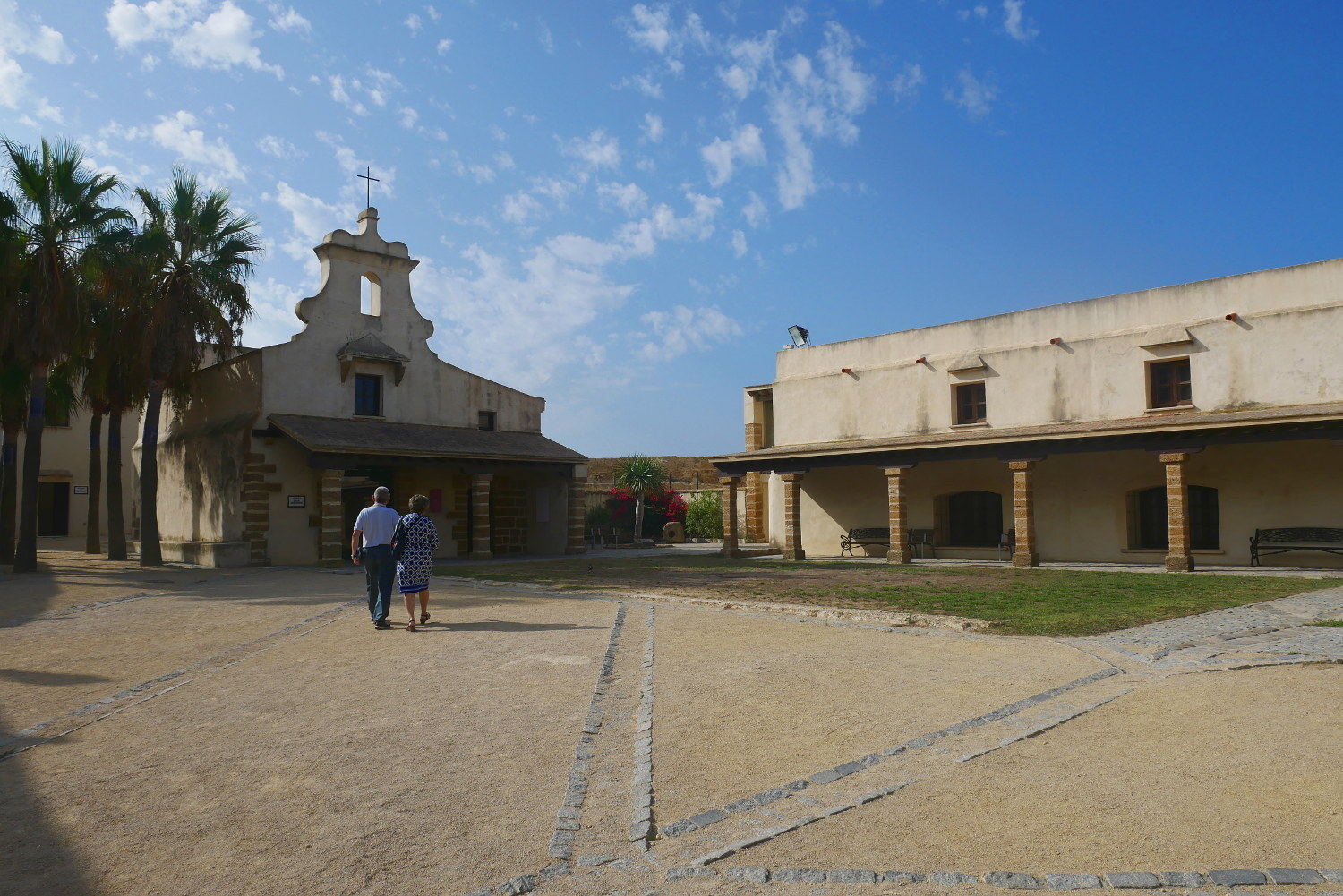
Castillo de San Sebastián (San Sebastian Castle)
Opposite the impressive Castillo de Santa Catalina is the equally imposing Castillo de San Sebastian. Located on a small island, local myth names the site as the original Temple of Kronos, the father of Zeus in Greek mythology. The site houses a lighthouse, Spain’s only second electric lighthouse during its construction in 1908, which was built on a previous Moorish watchtower. The castle is normally available to visit for concerts and other cultural activities, but is currently closed for renovation works.
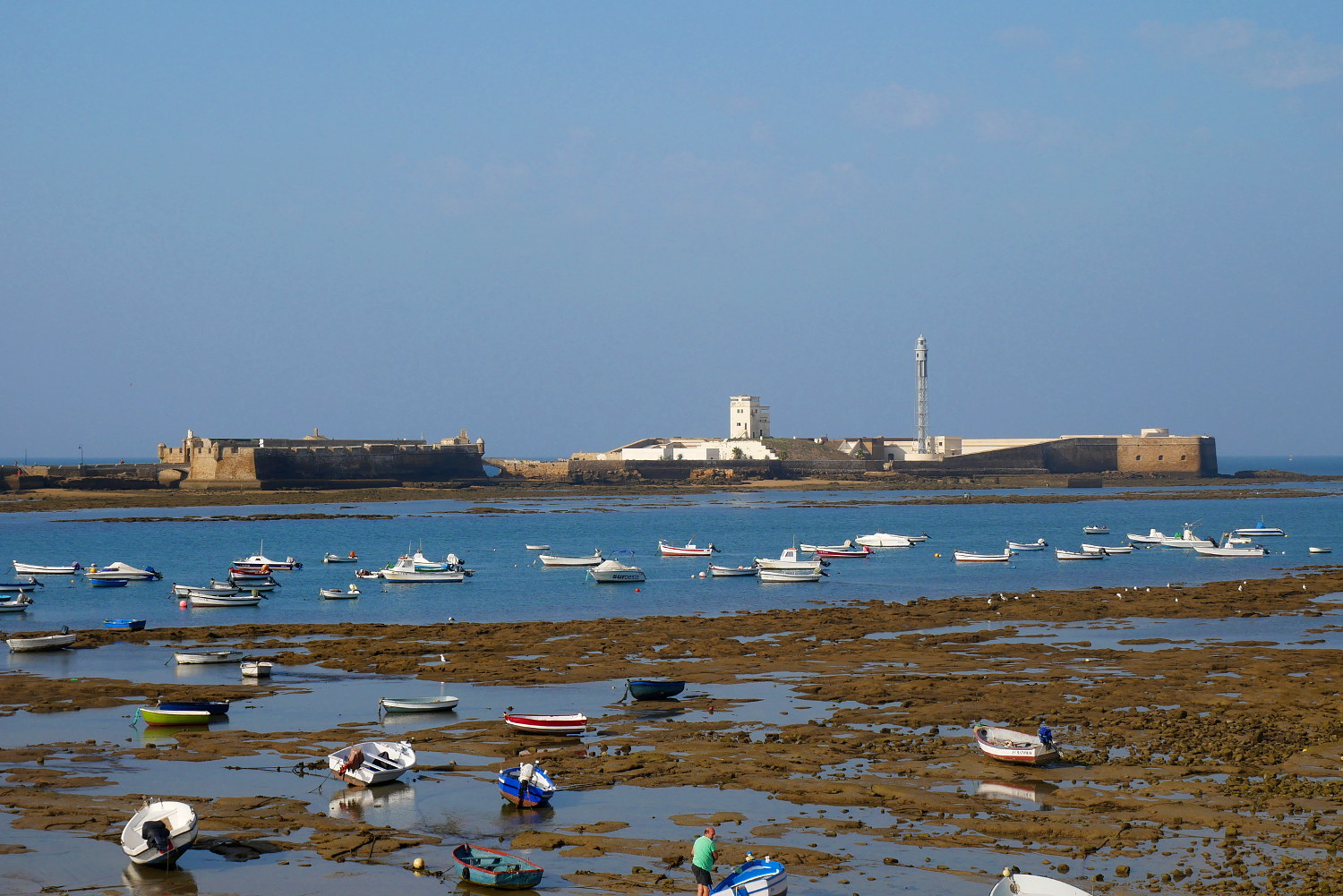
Gran Teatro Falla (Grand Theatre Falla)
Constructed in 1886, the Gran Teatro Falla is a theatre space in Cádiz that sits on the site of the original Gran Teatro. Renamed to honour the Cádiz-born Manuel de Falla, the theatre is located in the Plaza Falla in the North of the city. Gran Teatro Falla hosts numerous productions and concerts, and is the home to the artistic competitions during the Carnival of Cádiz.

Torre Tavira (Tavira Tower)
Torre Tavira is Cádiz’s official watchtower, in a city of over 120. Standing at 45m above sea level, the historic tower offers amazing views across the city, rivalled only by the Cathedral’s bell tower. Unique to Torre Tavira is the Camera Obscura, a telescopic-like device that projects the city in real-time onto a concave screen in a darkened room, allowing visitors to see what is happening all across Cádiz. Entrance fees are €7 and the Camera Obscura sessions are every 20-30 minutes.
Mercado Central (Central Market)
It is said that the best way to really understand the culture and way of life of a place is to explore it’s local market, and this is especially true for Spain where they still play such a central part of daily life. This is no different in Cádiz, where fish naturally dominates Mercado Central, but everything from meat and vegetables to cheese and spices also play an important part. The gastromarket is also the perfect place to enjoy traditional Anadalucían tapas and drinks whilst watching the locals shop and go about their daily life.
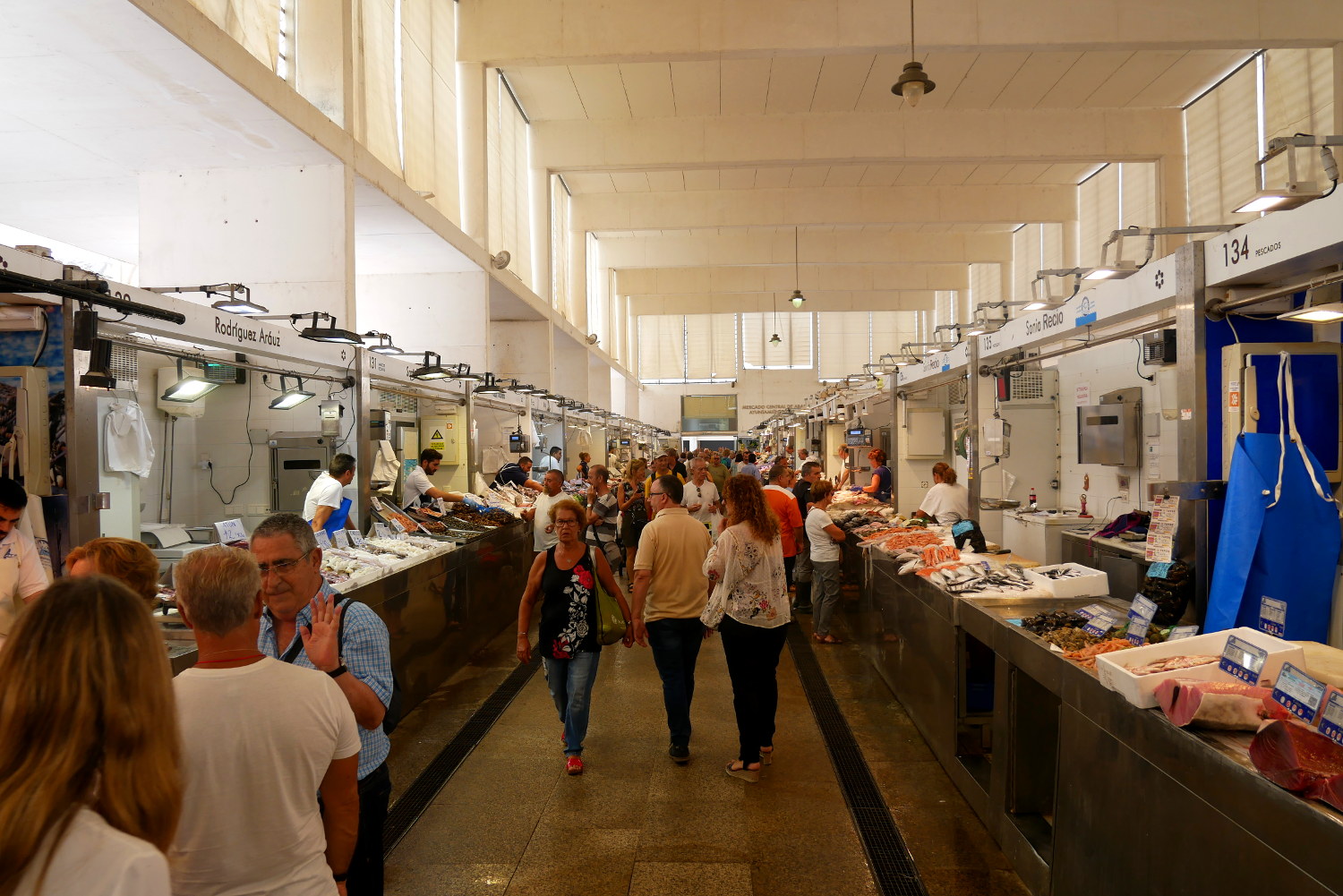
El Pópulo
The El Pópulo neighbourhood in Cádiz is the historic centre of the city, and is considered the oldest neighbourhood in Europe. The quarter is gated by three archways, dating back to the 13th Century. After some years of degradation, El Pópulo has now become one of the main tourist attractions in the city, housing Cádiz cathedral, the city hall, and the Church of Santa Cruz.
El Árbol del Mora (The Tree of Mora)
El Árbol del Mora, or the Mora Tree, is actually two impressive ficus trees, measuring 9.8m and 10.5m respectively, which together create an interesting and welcoming respite from the Andalucían heat. Situated near the famous Caleta beach and next to the university, which previously housed the ‘Hospital de Mora’, hence the given name. The local story is that the trees were planted by two nuns who travelled with them in pots from India, bound for Northern Spain. However, after one of the nuns became sick, they had to stay in Cádiz and decided to plant them in the city. Whatever the truth, El Árbol del Mora is certainly a popular attraction for those visiting the city, especially at night when they are spectacularly illuminated.
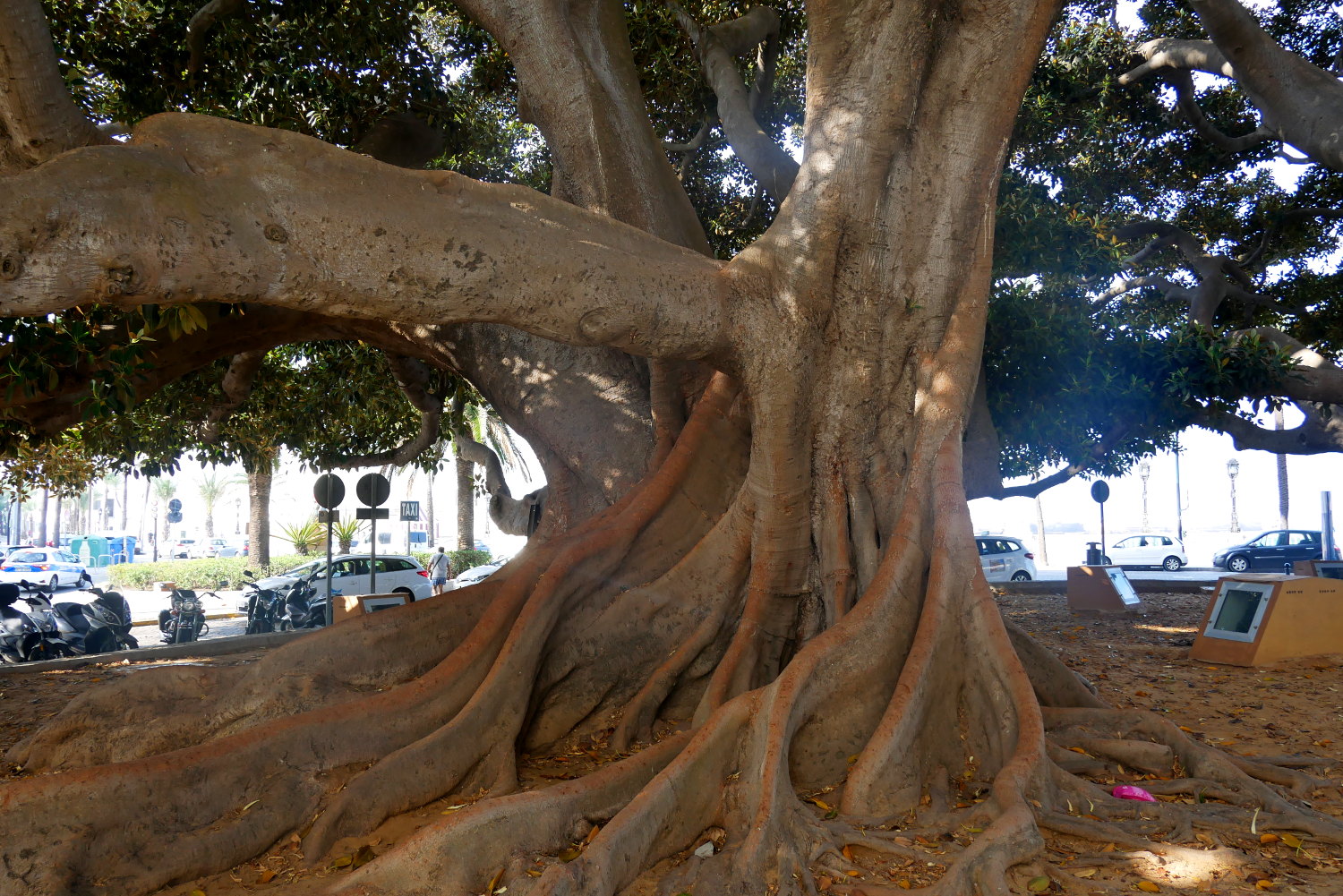
Conil de la Frontera
40 minutes drive to the South of Cádiz lies the lively coastal town of Conil de la Frontera. A favoured destination for Spanish citizens living inland, the town is becoming increasingly popular with international visitors too thanks to its mix of good nightlife, great beaches, tapas bars, and culture.
Top sights in town include the numerous beaches, with La Fontanilla and Los Bateles being the most popular, along with a number of interesting coves up and down the coastline. In the town you will find the Church of Santa Catalina, the defensive Torre de Guzmán, along with a number of tapas bars, cafés, and restaurants.
Sanlúcar de Barrameda
Just 40 minutes to the North of Cádiz you will find Sanlúcar de Barrameda, known for it’s sherry production and beach horse-racing. Located at the mouth of the Guadalquivir River that helped establish Seville and the local area as powerful and thriving regions, Sanlúcar developed as a famous port that oversaw the departures and arrivals of a number of famous explorers and navigators.
Today visitors can enjoy a fantastic array of seafood paired with the local Manazilla sherry. Top sights include the Castillo de Santiago (Santiago Castle), the Doñana National Park, horse-riding on the beach, and the bustling Plaza Del Cabildo central square.
Bonus: Where to Stay in Cádiz
For an unforgettable visit, stay in Hotel La Catedral, with a secluded rooftop pool overlooking the incredible Cathedral. However there are also a number of other hotels and apartments to enjoy during your stay in Cádiz.
What other things have I missed on my sadly short visit to Europe’s oldest city? Let me know your favourite things to do in the comments below and I will be sure to check them out on my next visit to the city!


